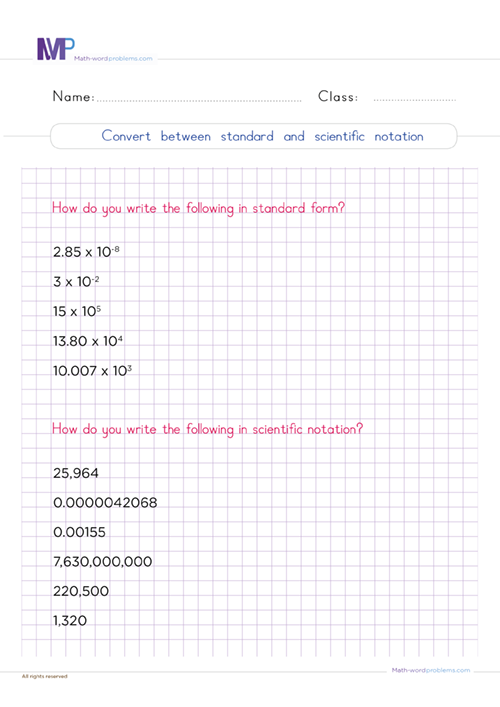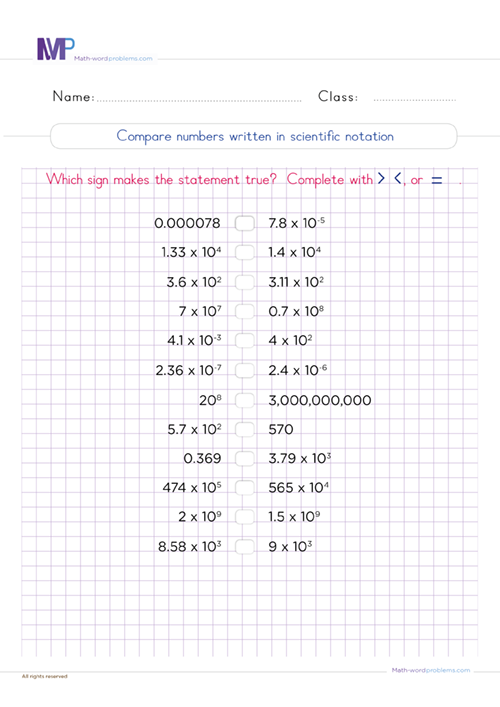 How to find the Greatest Common Factor (GCF) word problems
How to find the Greatest Common Factor (GCF) word problems

- INTRODUCTION
- Step1 Identify
- Step 2 STRATEGIZE
- Step 3 SET UP
- Step 4 PROVIDE A SOLUTION
- Step 5 CHECK YOUR WORK
Get more contents on this skill...
Here is an outstanding guide on how to find the greatest common factor (GCF) word problems. This guide is primarily here to help your kids learn how to translate complex word problem statements into accurate mathematical operations.
In a particular way, we will emphasize on the need to use simple strategies or approaches to find the GCF and not just depending on the traditional way of looking for keywords.
Above all, we will enhance kids’ reading comprehension and mental representation skills by formulating interesting real-life stories and examples with best-solving guides. These skills are very vital for finding the GCF in word problems.
Steps on how to find the GCF word problems
As mentioned above, these steps on how to find the GCF word problems will provide sixth graders with sufficient skills to meet the challenges that word problems pose.
These steps will also encourage ideal understanding, i.e., carefully reading to understand the problem and its connection to the real world. With a clear understanding of this problem, kids can now think of the procedure to find the GCF.
Our thrilling examples below will definitely illustrate to you how these steps work.
Step 1: IDENTIFY:
As you begin, read the whole problem carefully and identify what the problem wants you to solve. You can also use keywords to help identify the operation you are supposed to carry out.
In this context of finding the GCF, these are some general keywords you’ll come across in the word problem: - greatest, largest, maximum, highest, etc.
Another clue to know if you need to find the GCF in a word problem is when the problem presents itself as “groups,” “rows,” “sections,” “how many sets,” “divided into equal groups,” “identical,” “split,” “share equally,” “same combination,” “same” “even amount,” etc.
***One key Element for learners to understand is that they should not always rely on keywords alone. That is to say; the same keyword can have different meanings in different word problems.
Step 2: STRATEGIZE:
At this stage, you are wondering “how am I going to solve the problem?”
- From the keyword(s) in the word problem, you will determine if you are going to look for the GCF or not.
- It would be best not to only depend on keywords. Rather, try to understand the situation that the problem is describing.
- At this point, after knowing which operation you will perform, Construct short expressions/sentences to represent the given word problem.
Step 3: SET UP:
In this step, write down a numerical expression representing the information given in the word problem.
Step 4: PROVIDE A SOLUTION:
From step 3 above, find the GCF by using any of the methods listed below
- The factor tree method and column method,
- The slide method,
- The prime factor method.
Step 5: CHECK YOUR WORK:
Finally, ask yourself this question. “Does my answer make sense?” If “YES,” you are done. If “NO,” go back to step 1 and start again.
OR
You can always do this by solving to prove your answer, as shown in the attached example below.
Example on how to find the GCF word problems
Step 1: First, read the problem discretely and identify the numbers you will be working with. The numbers are 28 and 35. Also, the keyword(s) found in the word problem is “greatest.”
Step 2: Next, how will you solve the problem? Clearly, from the situation, the problem is describing, and the keyword you need to look for the GCF.
So, with this in mind, Construct short expressions/sentences to represent the given word problem.
- Number of girls = 35
- Number of boys = 28
- Therefore, the greatest number of teams Miss Mariam can make if every student must be in a team = the GCF of 35 and 28.
Merge Step 3 and 4: when dealing with the GCF, step 3 and 4 are best understood when merged.
- Start by writing down a numerical expression to represent the bolded sentence in step 2 above, and then find the GCF of 28 and 35 using the prime factor method.
- Firstly, find the prime factors of each number
28 = 2 × 2 × 7.
35= 5 × 7. - Secondly, find and highlight the prime factors that the factors have in common.
28 = 2 × 2 × 7.
35= 5 × 7. - Finally, to find the GCF, multiply their common factors together.
Here, we only have 7 as the common factor.
Therefore, the GCF of 35 and 28 is 7.
So, Miss Mariam can make 7 teams if every student must be in a team.
- Now, to find the number of boys or girls that must be in a team, we need to take the number of boys and girls and divide it by the GCF of 35 and 28.
GCF of 35 and 28 = 7
→ 35 girls ÷ 7 = 5 girls.
→ 28 boys ÷ 7 = 4 boys.
So, there must be 5 girls and 4 boys in a team.
Step 5: Finally, check your work to know if your answer makes sense through the following ways;
- Firstly, add the number of girls and boys that must be per team = 5 + 4 = 9
- Secondly, add the total number of girls and boys that are in the class = 35 + 28 = 63
- Finally, divide the total number of girls and boys that are in the class by the total number of girls and boys that must be per team = 63 ÷ 9 = 7
- So, since the final answer equals the GCF of 35 and 28, it implies that your answer is correct and makes sense.




